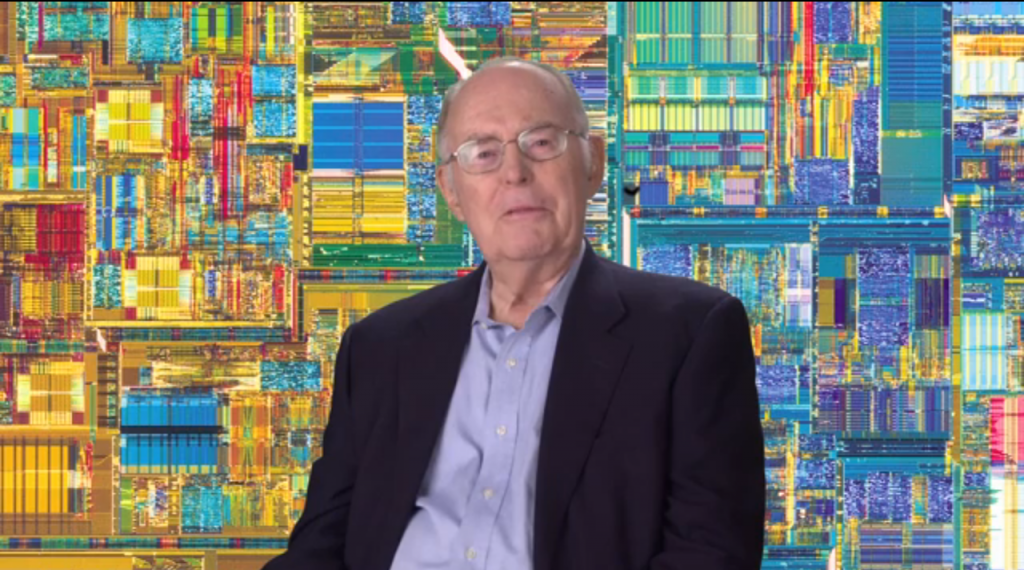One of the most influential people in the computer industry, Gordon Moore has accomplished many life-changing feats. Most of which have and will continue to shape our digital world. He played a leading role at Intel and Fairchild semiconductor. Two of the most impactful organizations of our time.

source: wikipedia.org
You may have heard of Moore’s Law. This Theory guided more guided Gordon’s business decisions while protecting the rise and computer power comic related to a fall and cost per transistors. The law has been incredibly accurate for nearly 50 years.
The early years
As a young boy, Gordon was in love with science. Born to Maria and Walter Moore in 1929 in San Francisco. At 11 years old, he received a chemistry set as a gift. Instead of following theories in the booklet, Gordon and his friend used the set to create explosives and blow things up.
By the time he took his first chemistry class at Sequoia High School, he already had a deep understanding of the material. Being somewhat of a troublemaker, Gordon kept his interest in chemistry and entertained his friends by creating firecrackers from nitroglycerin, and using them to blow up mailboxes.
It was just a passion for science that let Gordon to Berkeley in 1948. Fortunately for Gordon, he was privileged to work with two leading researchers, Giaque and Seaborg, who had won the Nobel Prize for discovery of the element Berkelium (Bk).
Gordon majored in chemistry at the University, earning his Bachelors of Science by 1950, and his PhD in chemistry and physics by 1954 from the California Institute of Technology in Pasadena. Over the next two years, he worked on postdoctoral research at John Hopkins University.
Jura, one of Gordon’s professors, greatly inspired his students, especially Gordon. By communicating the importance of original research, noting that contemporary research is usually wrong and fraught with errors and one-sided thinking. Jura also showed Moore the art of glassblowing, which proved critical to his work in developing semiconductors. Shortly after his college endeavors in 1950, he was accepted into the California Institute of Technology (Caltech).
Tune in the for the next installment of the series, part 2 of 4: The Maker of Moore’s Law, where we discuss his new venture into the private industry.

